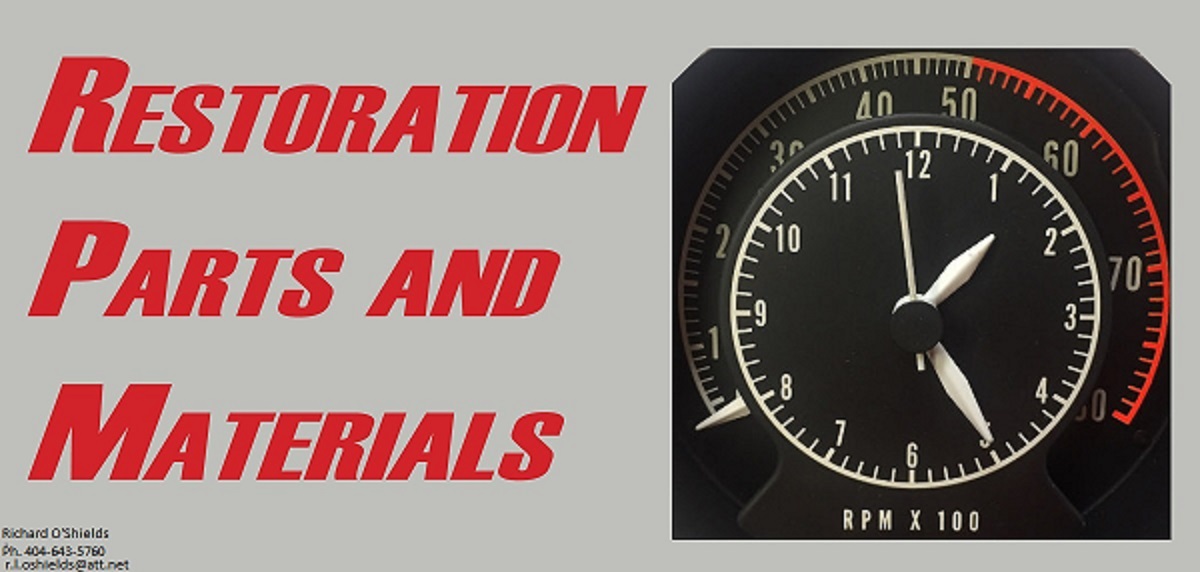Might be best to re-check the complete system. Starting with a cold engine and such.
The choke plate should be gently closed at about 65* F, then pulled back open by the choke pull-off function. That "v-shaped" link is where that pull-off when cold dimension is adjusted. A wide blade screwdriver to widen the V, a pair of pliers to narrow the V (for a larger opening dimension).
With the choke fully closed, the fast idle screw should be near or on the top part of the fast idle cam, for that well-elevated fast idle rpm spec. To me, the rpm is a bit high, but might be necessary in very cold winter areas where the engine oil is colder and stiffer on that first start of the day. Of course, if you start the car with the accel pedal depressed 1/3, as soon as the engine starts, vac will pull the choke open for stable operation.
From this point, with the choke thermostat tweaked to just close the plate at 65*F AMBIENT, cold engine/underhood temps, I move to the fast idle speed screw. I usually set it so that the lowest fast idle cam speed is basically 700rpm (with the engine hot). With a cold engine, this can help the engine stay running in gear, if the other processes have warmed the engine a bit from dead cold. But not be too high to need additional brake pedal pressure at stops.
The health of the ign system can be an influence here, too! As to getting the engine fired-off quickly and run reliably during warm-up. Which can be one area the NGK V-Power plugs (or fine-wire Iridiums) can help, as the V-Powers state they can better-burn a leaner mixture (OEM Toyota NGK brochure, with graphs).
IF a bit learner (for temp and driving conditions) is desired, the "V" on the choke pull-off can be narrowed slightly. Same if it might need to be a bit richer, longer.
Of course, the basic choke thermostat in the INTAKE MANIFOLD needs to be set correctly for the basic calibration curve. Only thing is that with age, the springs can tighten, so setting them ONE NOTCH LEANER than spec can compensate for that nicely, as I discovered later on.
ALSO, the existence of exhaust gas heat in the intake manifold heat crossover passage is NECESSARY for all of these things to happen! Otherwise, the basic heat source for the choke to get heat is removed and waiting for heat migration into the intake manifold to heat the thermostat can result in slower choke operation. MUCH different if a replacement carb is used with an integral electric choke mechanism!
What I described above is what I did to get (what I considered) more optimum choke performance. Prototyped on our '66 Newport 383 2bbl Stromberg WWC3-263, in the earlier 1970s. Then used the procedure on the '72 Newport Royal 400 Holley 2210 2bbl, and later cars I own to great result. Including electric choke Holleys on non-Chrysler applications.
Key thing is that once the car starts, it stays running when put into gear, and can be driven normally past that, with base idle happening in about 4 blocks and a few stop signs, on a 30*F day. In one of my cars, I was using 20W-50 GTX in it at that time, so nothing thinner than 10W-30 should be needed.
I also used the 20rpm drop method to get to "lean best idle". As in getting the idle speed optimized, then turning the mixture screw to get a 20rpm drop from additional leanness, then going back to the higher rpm, with each screw.
Of course, I'm using a quality dwell-tach to set these things. It MIGHT be possible to adapt them to a vac gauge use, but to me, that would not really allow quite the precision of a dwell tach, by observation. Still, from the max vac reading, getting it to drop from additional leanness can be observed in the same manner.
Adjust and tweak. Just my experiences,
CBODY67

















